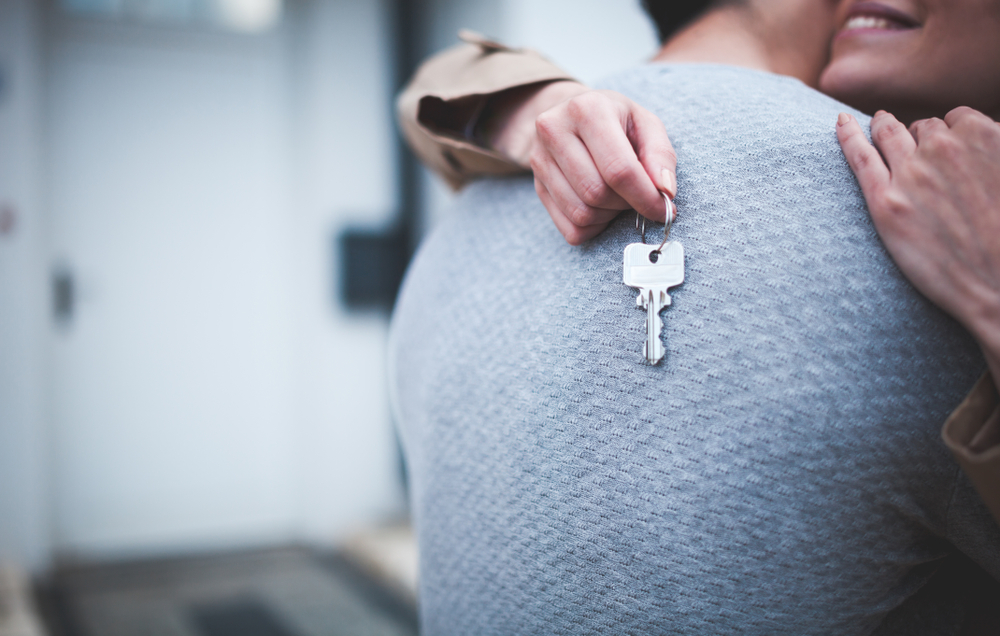With interest rates so low, you might think you'd be better off putting your money under your mattress.
But of course, there are much better options available, and we’ve looked at some of them for you.
Current accounts
Current accounts haven’t traditionally been the place to put your money if your goal is to save. However, some current accounts are offering higher interest than some savings options. For example, Virgin’s M Plus account will give you 2.02% AER on balances up to £1000 with no minimum balance or monthly commitment required.
Switch bank accounts
Some bank accounts will offer you a cash incentive to bank with them. If you switch your current account to First Direct’s “1st” account, they’ll give you £100 as long as you pay in £1000 over the first three months. You’ll then be able to link your new account to their 1% saving account, where you can save up to £250 each month.
Cashback current accounts
With interest rates so low, it could pay to look at other ways to make your money work for you. Some current accounts will give you cash back on some household bills. You'll usually pay a monthly fee, so check that the rewards will be greater than the fee. The “123 Lite” account from Santander will pay up to 3% cashback on three types of bills, each with a limit of £5. This means for a fee of £2 per month, you could receive £15 cashback. You must pay at least £500 each month and have a minimum of two direct debits set up.
Linked regular savings accounts
Savings account interest rates have been hit hard in the last year. There's still some that offer decent interest, but you need to have a current account with the same bank to be eligible. For example, Natwest will pay 3% on balances up to £1,000 with their Digital Regular Saving account. You can only save up to £50 each month, and it must come via a monthly standing order from the linked current account.
Regular savings accounts
If you don’t want to open a new current account, you can still open a savings account with some providers. You'll usually have to keep your money in these accounts for at least a year (withdrawing money early usually isn’t allowed or could be subject to a penalty).
At the end of the fixed term, your money will be transferred to an easy access savings account, and the interest rate will go down. You can earn a little bit of interest if you're happy to leave your money in the account. At the end of the term, you can find a new savings account instead.
Coventry Building Society’s Regular Saver lets you save up to £500 a month and pays 1.05% AER - however this can go up and down.
Fixed-rate savings
You could consider a fixed rate savings account or bond if you don't want to access your money for a while. These accounts can have higher interest rates than regular saver accounts. However, if the interest rate went up, you wouldn't benefit from it. Your money would also be locked in for the whole term, usually a year. Usually, they let you save more money than regular savings accounts. For example, Ahli United Bank has a one year 0.65% fixed rate account in which you can save up to £85,000, which happens to be the amount automatically protected by the Financial Services Compensation Scheme (FSCS).
Lifetime ISA (LISA)
If you're a first-time buyer aged between 18 and 39 years old, then you could open a Lifetime ISA. You're able to save up to £4,000 a year with a LISA, and the government will contribute 25%. So, if you save £4,000 a year, you’ll have £1,000 added on top. You can add to the LISA until you're 50. LISA's are designed to help you buy your first house (up to a value of £450,000) or for your retirement instead - once you are 60 years old.
Cash ISAs
ISAs aren't currently offering interest rates higher than other options, but they're a good choice if you need to take advantage of their tax-free interest. You'd need to be earning interest of more than £1,000 a year for an ISA to be beneficial, which in the current climate might not be likely. If you’d like an ISA that allows withdrawals, then the Yorkshire Building Society has an e-saver ISA, which pays between 0.15% and 0.45% depending on the balance.
Fixed-rate ISAs can offer higher interest rates in return for keeping your money with them, but as with the savings accounts, you need to weigh up the chances of interest rates going up, as you wouldn't benefit from any increase. Charter Savings Bank has a two-year fixed rate ISA paying 0.62% and a five-year option paying 0.90%.
This information does not constitute financial advice, and you should always do your own research to ensure it's right for your specific circumstances.
Read about how to save up for a deposit on a house.
Disclaimer: We make every effort to ensure content is correct when published. Information on this website doesn't constitute financial advice, and we aren't responsible for the content of any external sites.







